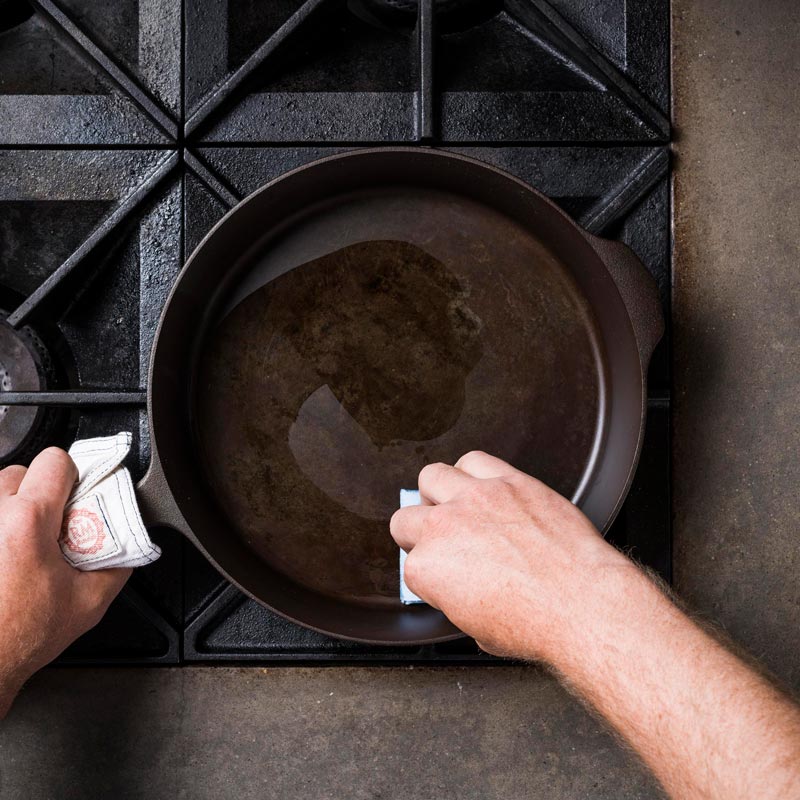In our tagline, we often say “Lighter, Smoother, Better Handling.” The first two adjectives are fairly straight forward. So what does Better Handling mean? Better Handling begins with tacit knowledge of the way things should feel in our hands and it’s where we concentrate a lot of our design decisions at Field Company.
In my case, growing up as a jock— golf, tennis, baseball —and then working as a furniture maker, my hands have always communicated with whatever piece of equipment or tool I’m using. Some of that is personal. I have large, fairly strong hands, so I respond well to a bit of heft and firm textures. My skin is typically dry which means I respond well to tacky surfaces and have trouble gripping rough, dry surfaces.
But a lot of it is also objective and I can give some prime examples in both the world of cast iron cookware, antique tools and furniture, and sports equipment.
Let’s start from the latter and work toward the former.








